Are you ready to jump into the world of cryptocurrency mining? Ravencoin could be an excellent option for you. This digital coin is quickly becoming one of the most popular alternatives to Bitcoin and other mainstream coins.
But before you can start your Ravencoin mining journey, it’s crucial to understand how it works!
In this post, we’ll walk through all the steps needed to get set up with CPU mining Ravencoin and maximizing your potential earnings.
So sit tight and buckle up – crypto-mining with Alpha Crypto just got much more manageable!
What You Need To Get Started
Before you start mining Ravencoin, you’ll need the following:
- An account on an exchange where you can buy RVN.
- A computer or laptop that has enough processing power to make mining worthwhile.
- Download the appropriate software for mining RVN. Currently, XMR-Stak is recommended by the Ravencoin developers.
- Join a Mining Pool – Mining alone won’t be profitable, so join a pool that allows CPU miners.
- Once you have all these requirements met, then you’re ready to start mining!
How to CPU Mine Ravencoin (RVN)
Ravencoin (RVN) is a blockchain platform designed to create and transfer assets, including tokenized securities. Like other cryptocurrencies, Ravencoin uses proof-of-work (PoW) to secure its network and validate transactions.
CPU mining is using a computer’s central processing unit (CPU) to perform complex mathematical calculations to validate transactions on a cryptocurrency network and earn rewards in the form of new coins.
Here are the steps to CPU mine Ravencoin:
Step 1: Set up a Ravencoin Wallet
To receive your mined Ravencoin, you’ll need to have a Ravencoin wallet. You can choose from several different types of wallets, including desktop wallets, web-based wallets, and hardware wallets.
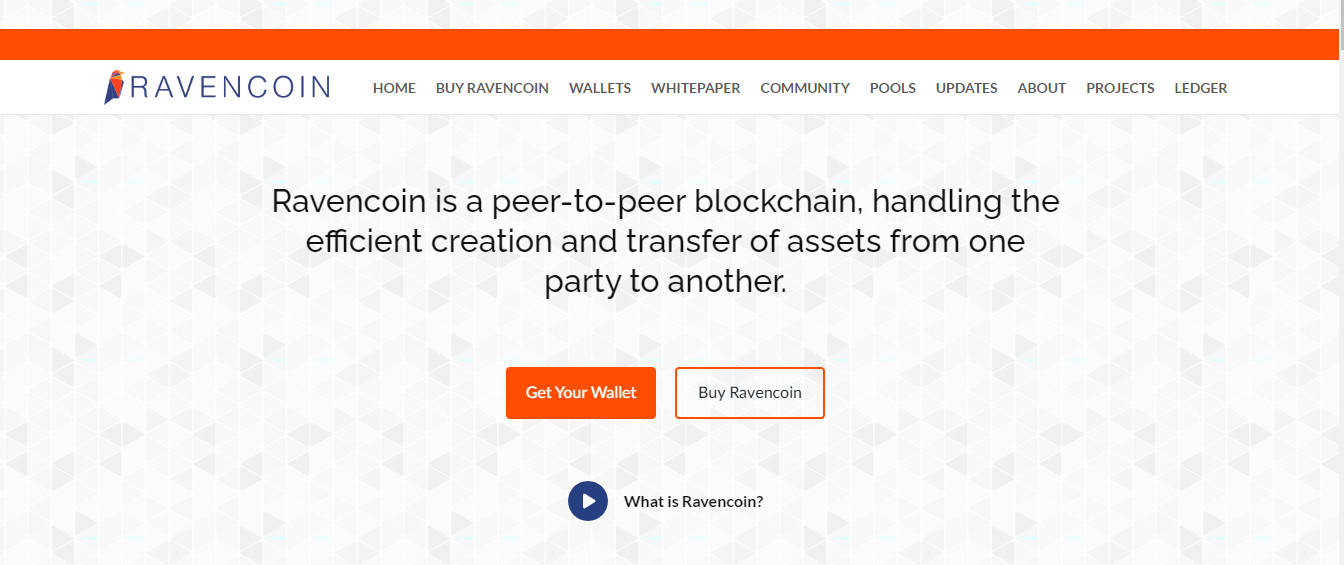
A desktop wallet is a software program you can download and install on your computer. The official Ravencoin Core Wallet is one example of a desktop wallet. After downloading and installing the wallet, you’ll need to create a new wallet address, which will be used to receive your mined coins.
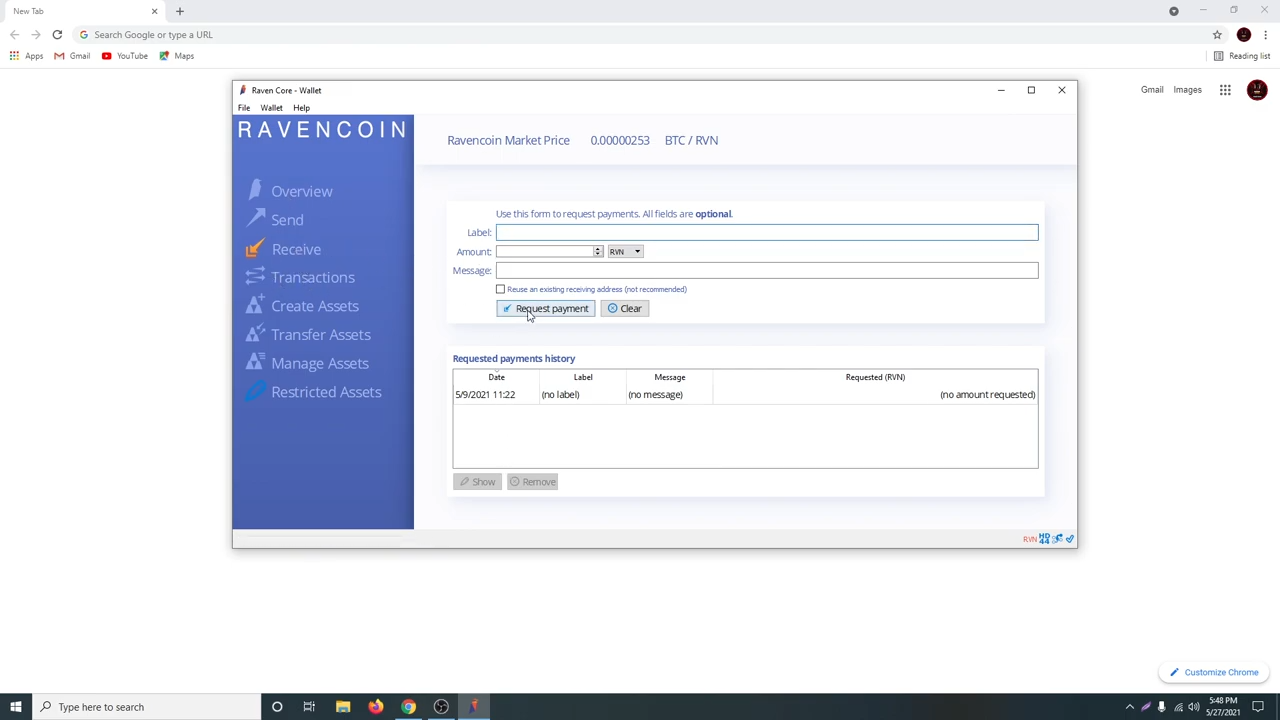
A web-based wallet is a wallet that you can access through a web browser. MyEtherWallet is one example of a web-based Ravencoin wallet. With a web-based wallet, you don’t need to download any software, but you’ll need to ensure that you store your private key securely.
Step 2: Install a CPU Miner
Several CPU miners are available for Ravencoin, including the official Ravencoin miner. You can download the miner software from the Ravencoin website or a trusted third-party source.
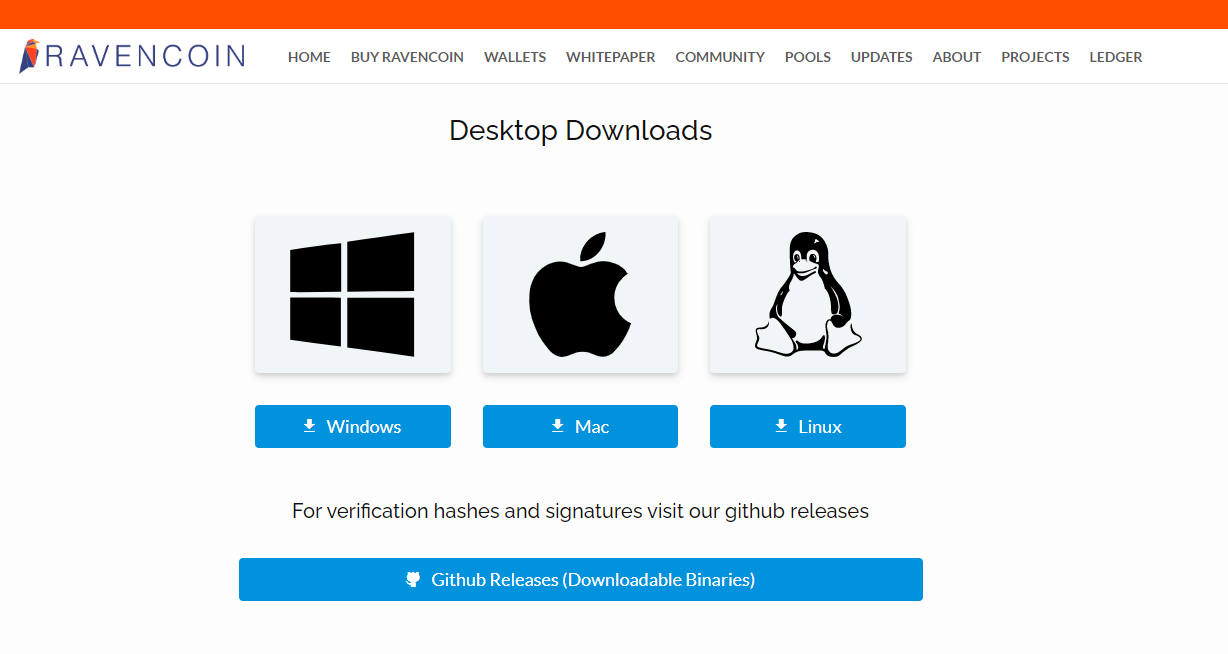
After you have acquired the miner software, the next step is to set it up on your computer. This process involves copying the files from the download location to your computer’s hard drive and then running the installation wizard to install the software.
During the installation, you may be prompted to select a specific folder to install the miner, choose the components you wish to install, and configure various settings and preferences. Once the installation is complete, you should be able to run the miner and begin using it to mine for cryptocurrency.
A Pro Tip: It is important to note that the exact installation process may vary depending on the specific miner software you are using, so be sure to follow the instructions provided by the miner carefully.
Step 3: Join a Mining Pool
Joining a mining pool is an effective way to increase your chances of earning rewards for mining Ravencoin. In a mining pool, miners work together to validate transactions and solve complex mathematical problems. When a block is successfully mined, the rewards are distributed among the pool members based on the amount of computational power each miner has contributed.
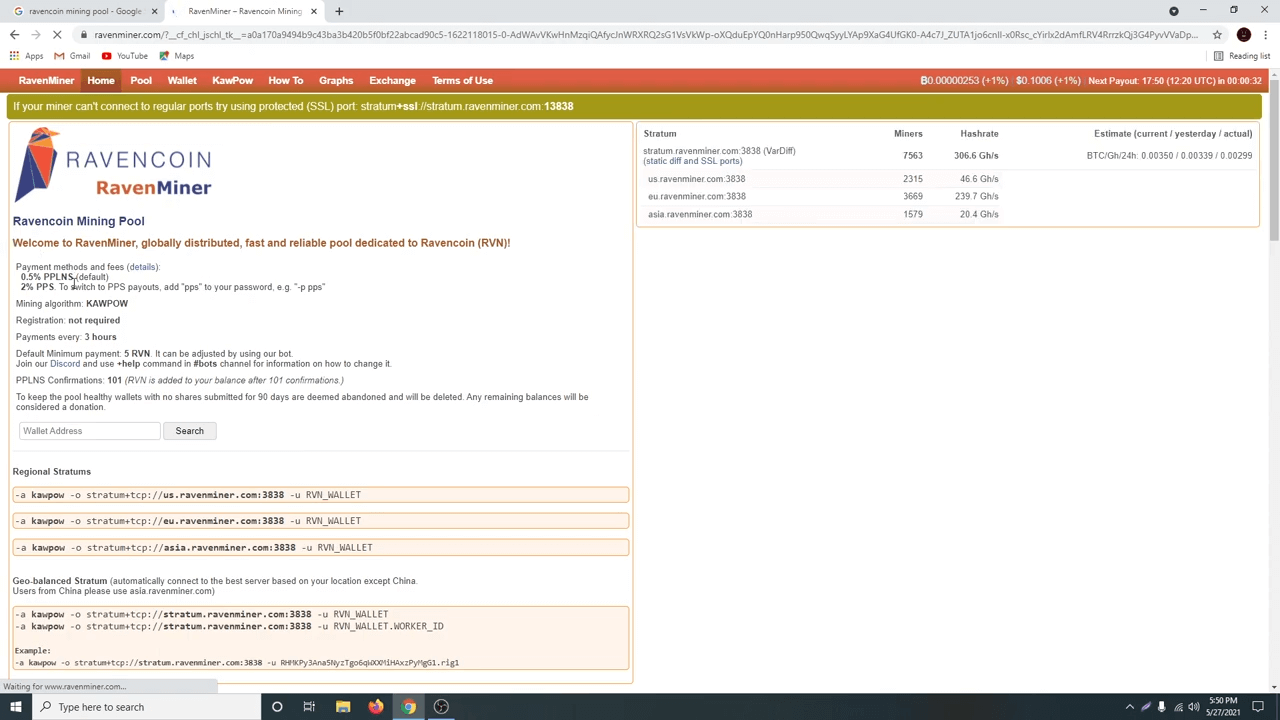
Some popular Ravencoin mining pools include Mining PoolHub and Ravenminer. To join a mining pool, you’ll need to create an account on the pool’s website and configure your miner to connect to the pool.
Step 4: Configure the Miner
After joining a mining pool, you’ll need to configure your miner to connect to the pool. You can access the pool’s website to gather the information you need. You’ll need to enter the pool’s URL, username, and password into the miner’s configuration file.
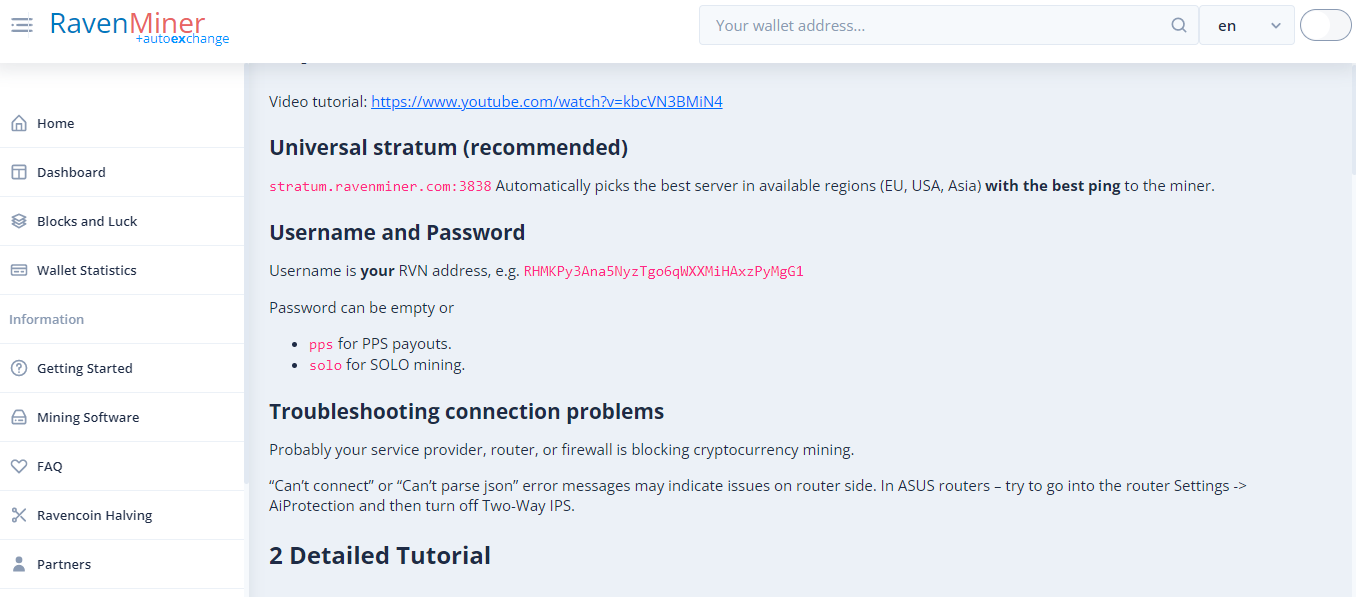
Once you’ve entered the details into your miner’s configuration file and saved it, you can start mining. Most miners have a graphical user interface that allows you to configure what type of coin you want to mine, the pool you’re connected to, and other settings that would enable the miner to run efficiently. Depending on what kind of hardware and software you use, there may be different steps to complete this process.
Step 5: Start Mining
To start mining, run the miner software on your computer. You can monitor the miner’s performance and check your mining progress by logging into your mining pool account. Once you have configured your miner and joined a mining pool, you can start mining Ravencoin.
It’s important to note that CPU mining is not the most efficient or profitable way to mine Ravencoin. The Ravencoin network has a high difficulty level, making it more difficult for CPUs to solve mathematical problems and validate transactions. Additionally, the energy consumption required for CPU mining can be increased, making it an expensive and unsustainable option for some miners.
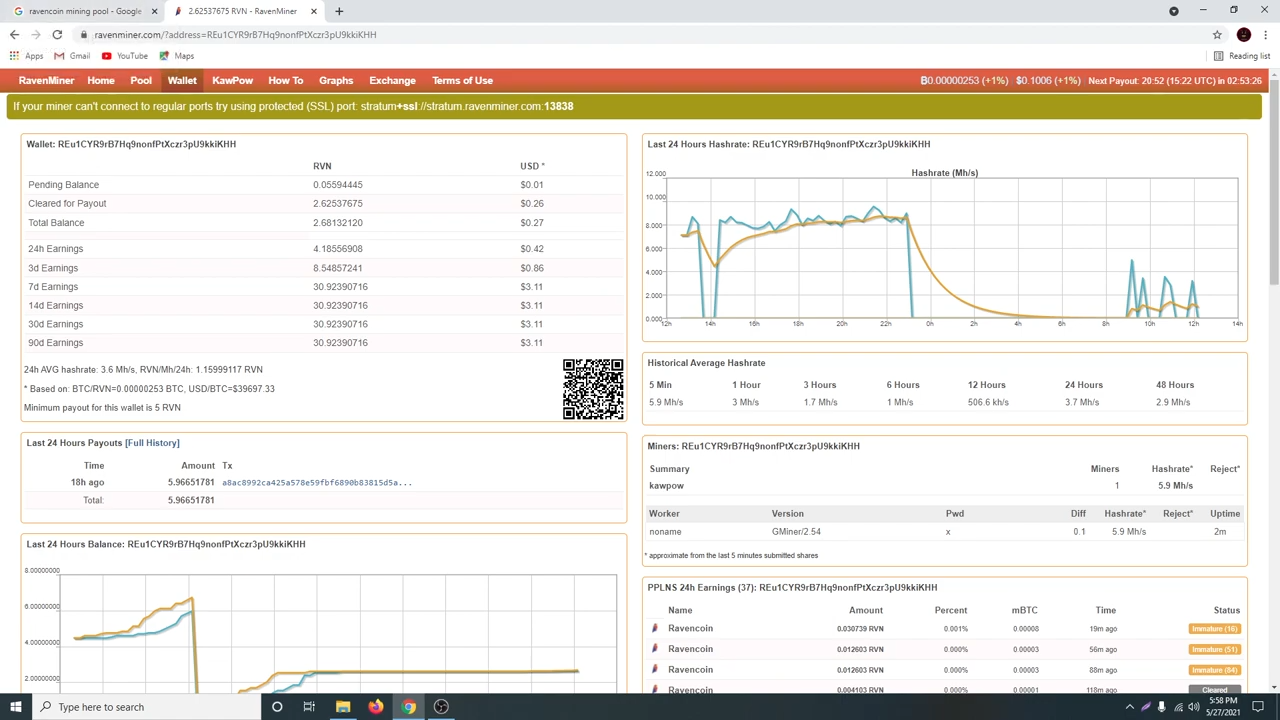
Imagine you are trying to mine Ravencoin more efficiently. You could replace the CPU with a graphics processing unit (GPU) or an application-specific integrated circuit (ASIC). These devices are designed specifically for mining and can perform complex mathematical calculations much faster than a CPU.
Is Ravencoin CPU Mining Profitable
Ravencoin (RVN) is a blockchain platform designed for facilitating asset transfer and tokenization. It was created as a fork of the Bitcoin codebase with modifications to support asset transfer.
In the early days of Ravencoin, CPU mining was a viable option and could be profitable for those with access to low-cost electricity. However, as the network has grown and the difficulty has increased, it has become increasingly difficult to mine RVN with a CPU.
As of 2023, it is unlikely that CPU mining Ravencoin is profitable due to the increased difficulty of the network and the prevalence of more efficient mining hardware such as GPUs and ASICs.
Mining Ravencoin with a CPU is not a viable option for most individual miners or small-scale operations. The cost of electricity and the low hash rate of a CPU compared to other mining hardware make it challenging to achieve profitability through CPU mining.
Advantages of CPU Mining
- Accessibility: CPU mining is accessible to many people as most people have a CPU in their computers. This makes it an attractive option for those interested in mining but without the funds for expensive mining hardware.
- Low upfront costs: Unlike GPU and ASIC mining, CPU mining does not require a significant upfront investment, making it accessible for those with limited capital.
- Flexibility: CPU mining can be performed on various devices, including desktops, laptops, and servers, providing flexibility for those who want to mine from different locations.
Disadvantages of CPU Mining
- Low hash rate: The low hash rate of a CPU makes it much less efficient than GPU and ASIC mining and can increase the time it takes to mine a block.
- High energy consumption: CPU mining requires significant energy, leading to higher electricity costs and a negative environmental impact.
- Increased difficulty: The increasing difficulty of the network makes it more challenging to mine RVN with a CPU, reducing profitability.
- Competition: The increasing competition from miners using more efficient hardware such as GPUs and ASICs makes it more difficult for CPU miners to achieve profitability.
Other Factors That Influence Profitability from Ravencoin Mining
- Electricity cost: The cost of electricity is a significant factor in the profitability of mining, with higher electricity costs reducing profitability.
- RVN price: The price of RVN is also crucial as the profitability of mining is directly tied to the coin’s value. A higher RVN price increases the profitability of mining.
- Network difficulty: The network’s difficulty affects the computing power required to mine a block and, therefore, the profitability of mining. The higher the problem, the less profitable mining becomes.
- Hardware cost: The cost of the hardware used for mining also influences profitability. More expensive hardware is often more efficient and can increase the profitability of mining.
Overall, while CPU mining Ravencoin was once a viable option, the increased difficulty of the network and the prevalence of more efficient mining hardware have made it increasingly difficult to achieve profitability through CPU mining.
Alternative methods of obtaining RVN, such as purchasing it on an exchange, maybe a more viable option for most individuals and small-scale miners.
What is the Best Way to Mine Ravencoin
Mining cryptocurrencies can be rewarding, and Ravencoin (RVN) is no exception. With its ASIC-resistant algorithm, RVN is an excellent coin for GPU miners who want to get in on the action. But what exactly is the best way to mine Ravencoin?
First and foremost, it’s essential to understand that mining involves two different processes: hashing and block creation. Hashing is when miners use their computing power to solve complex mathematical puzzles, which results in new blocks being added to the blockchain. Block creation involves verifying transactions and adding them to the blockchain. In return for their efforts, miners receive RVN coins as a reward for every successful block they create.
The best way to mine Ravencoin depends on several factors, including hardware specifications, electricity costs, and personal preferences.
Mining Ravencoin: Hardware
The most crucial factor in mining Ravencoin is the hardware. A miner’s success in finding a block and earning rewards largely depends on their hardware’s processing power. Several hardware options are available for mining Ravencoin, including GPUs, ASICs, and CPUs.
GPUs (Graphics Processing Units) are the most popular choice for mining Ravencoin, as they offer the best performance-to-cost ratio. They are designed to handle the demands of gaming graphics, making them well-suited to the computational needs of mining. Some popular GPU models for mining include the Nvidia GeForce GTX and AMD Radeon RX.
ASICs (Application-Specific Integrated Circuits) are specialized hardware designed specifically for mining, offering much higher performance than GPUs or CPUs. However, they are also more expensive and less flexible than GPUs, as they can only be used for mining a specific cryptocurrency, like Ravencoin.
CPUs (Central Processing Units) are the least potent option for mining Ravencoin, as they are not designed for intensive computational work. However, they are suitable for hobby miners or those who want to get started with a small setup, as they are relatively cheap and widely available.
Mining Ravencoin: Software
Once you have the hardware in place, the next step is to install the software that will allow you to mine Ravencoin. The most popular software for mining Ravencoin is the open-source miner “ccminer”. There are different versions of the software, so choosing one compatible with your hardware is vital. After installing the software, you will also need to join a mining pool, a group of miners who work together to solve blocks and share the rewards.
Mining Ravencoin: Electricity Costs
Mining cryptocurrencies is a power-intensive process, and the cost of electricity can be a significant factor in determining the profitability of your mining operation. Suppose you live in an area with high electricity costs. In that case, consider using a different form of mining or investing in renewable energy solutions to offset your costs. For example, you can use solar panels to power your mining setup or join a mining pool located in an area with lower electricity costs.
Mining Ravencoin: Network Difficulty
The final factor to consider when mining Ravencoin is the network difficulty. The network difficulty refers to the computational power required to solve the mathematical puzzles used to validate transactions on the Ravencoin network. As more miners join the network and contribute their computing power, the difficulty increases, making it more challenging to solve blocks and earn rewards.
Mining Ravencoin: Pool or Solo Mining
Another factor to consider is whether to mine solo or join a mining pool. Solo mining is when you use your hardware to validate transactions and add block to the blockchain. While it is possible to earn a reward from solo mining, the chances of successfully mining a block could be higher, and it can take a long time to earn a significant reward.
Overall, the best way to mine Ravencoin is by choosing the right hardware and software, joining a reliable mining pool, and staying informed about the network’s difficulty. Before investing in mining, it’s a good idea to carefully consider the costs and potential rewards and follow safe and secure mining practices. It’s also important to remember that mining can be a challenging and competitive process and may not be the most profitable way to earn Ravencoin.
What is Ravencoin CPU Mining Hashrate
Like Bitcoin and other cryptocurrencies, Ravencoin can be mined by anyone with access to a computer or mobile device.
As mentioned above, Ravencoin is built upon the Bitcoin code based on the SHA-256 encryption algorithm. However, Ravencoin operates on a slightly modified version of the SHA-256 algorithm, referred to as X16Rv2 (also known as X16r). The purpose of the modification was to help better combat any form of centralization in the mining process that may occur.
Determining the exact hash rate for CPU mining Ravencoin depends on the type and quality of hardware you use. Generally speaking, CPUs are not considered an efficient or cost-effective way to mine cryptocurrencies like Bitcoin and Ravencoin due to their low computing power compared to dedicated GPU miners or ASICs (application-specific integrated circuits).
Additionally, CPUs generate more heat which requires more energy for cooling solutions and thus increases the overall costs associated with them.
For example, let’s take Intel’s i7 8700K processor, considered one of their top-line processors when it comes to gaming/high-performance computing requirements. Assuming all other settings are optimized and maximized (including BIOS optimization).
You would be looking at an approximate total hash rate between 4 – 6 MH/s (Mega hashes per second) while consuming roughly 160 Watts per hour. To put that into comparison against some of its competitors in either ASICs or GPUs — this would pale in comparison as dedicated hardware can easily reach up to 8 TH/s (Tera hashes per second).
Then if we look back at our original question, “what is the Ravencoin CPU mining Hashrate” the answer should be pretty clear — while it’s technically possible to mine Raven coins with a standard desktop processor, it isn’t necessarily recommended from an economic or practical standpoint due its overall lower hashing power in comparison with dedicated hardware solutions such as GPUs or ASICs.
Final Thoughts
Cpu mining Ravencoin is an extremely rewarding experience for those willing to commit their resources and time to the project.
Setting up a mining rig is expensive, especially if you want to mine on a large scale. However, it comes with some risks and requires specific technical knowledge. Additionally, there are no guarantees regarding return on investment or profitability.
In the end, CPU mining Ravencoin is not easy but can be very profitable in the right circumstances. It’s essential to do your due diligence before diving into this complex project. Researching all aspects of bitcoin and cryptocurrency mining before taking a plunge will save time in the long run and minimize losses due to bad decisions.

